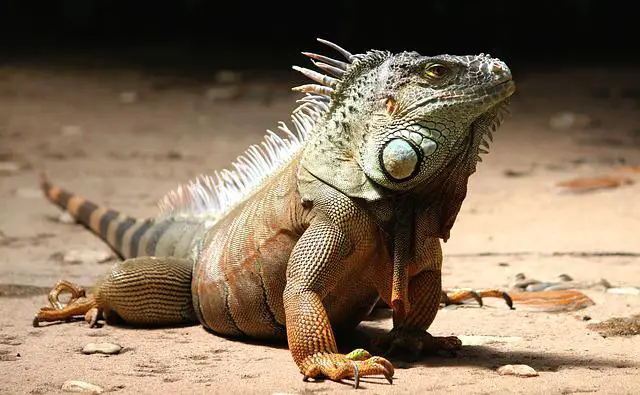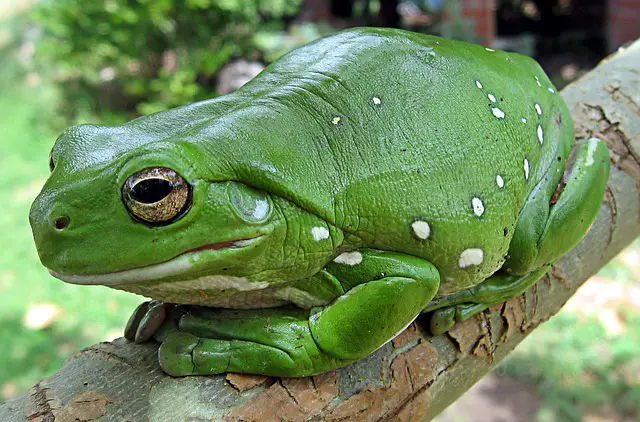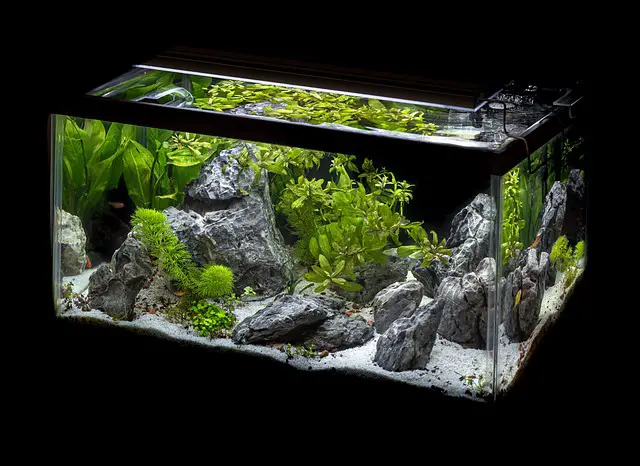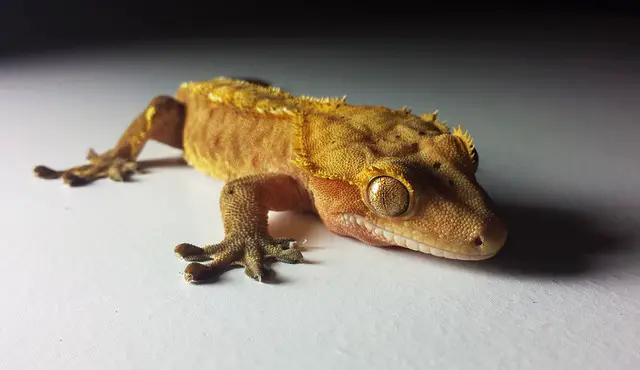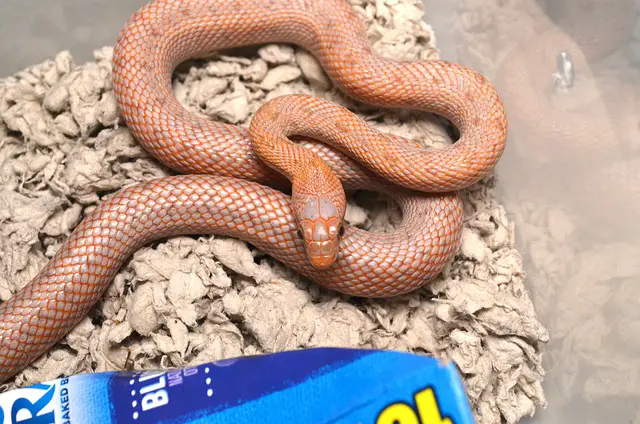Green iguanas are herbivorous lizards that are native to Central and South America. In the wild, they can typically be found near bodies of water, where they like to sun themselves on rocks or branches. Green iguanas are popular pets, but they require special care to thrive. This includes providing them with a diet that meets their unique nutritional needs.
What do green iguanas eat?
Primarily Vegetables and Fruits
Some of the most common greens that iguanas eat include dandelion greens, collard greens, and mustard greens.
Iguana owners can replicate this diet by feeding their pets various chopped vegetables such as kale, broccoli, and carrots.
Fruits such as apples, bananas, and melons can also be given occasional treats.
It is important to note that green iguanas require a large amount of fiber in their diet to maintain their digestive health.
As such, vegetables and fruits such as leafy greens, squash, and sweet potatoes should make up most of their diet.
Commercially Prepared Foods
In addition to fresh vegetables and fruits, green iguanas can also eat commercially prepared foods designed explicitly for herbivorous reptiles.
These products typically come in the form of pellets or nuggets and should make up most of their diet.
However, it is essential to note that iguanas require a lot of fiber in their diet, so leafy greens such as kale and spinach should make up most of their vegetable intake.
In addition to vegetables, green iguanas enjoy eating fruits such as apples, bananas, and melons. These can be offered as occasional treats or mixed into their regular diet.
Calcium and Vitamin D
Green iguanas require a diet rich in calcium and vitamin D to maintain their health.
The best way to provide them with these nutrients is by using supplements that can be added to their food or water.
In addition, green iguanas also need access to ultraviolet (UV) light to synthesize vitamin D in their skin. This can be provided by using special bulbs that emit UV light or by taking them outside for brief periods (no more than 30 minutes per day).
Fresh Water
In addition, iguanas also need access to fresh water at all times. A water bowl or small dish should be placed in their cage so they can drink whenever required.
Washing the food
It’s important to note that all fruits and vegetables should be washed thoroughly before being fed to a green iguana. They should also be cut into small pieces so that the iguana can quickly eat them.
Fruits and vegetables can be fed fresh or frozen; if you provide your iguana with frozen fruits or vegetables, ensure they are entirely thawed before giving them to the reptile.
Conclusion
If you’re thinking about getting a green iguana as a pet, it’s essential to research their dietary needs so that you can provide them with the nutrition they need to stay healthy.
Green iguanas are herbivorous lizards that primarily eat leafy greens and vegetables. However, they will also enjoy the occasional piece of fruit. In addition to fresh fruits and vegetables, you may also want to consider feeding your green iguana commercial iguana food as part of their regular diet.
This type of food is explicitly formulated for reptiles and contains all nutrients that an iguana needs to stay healthy.

